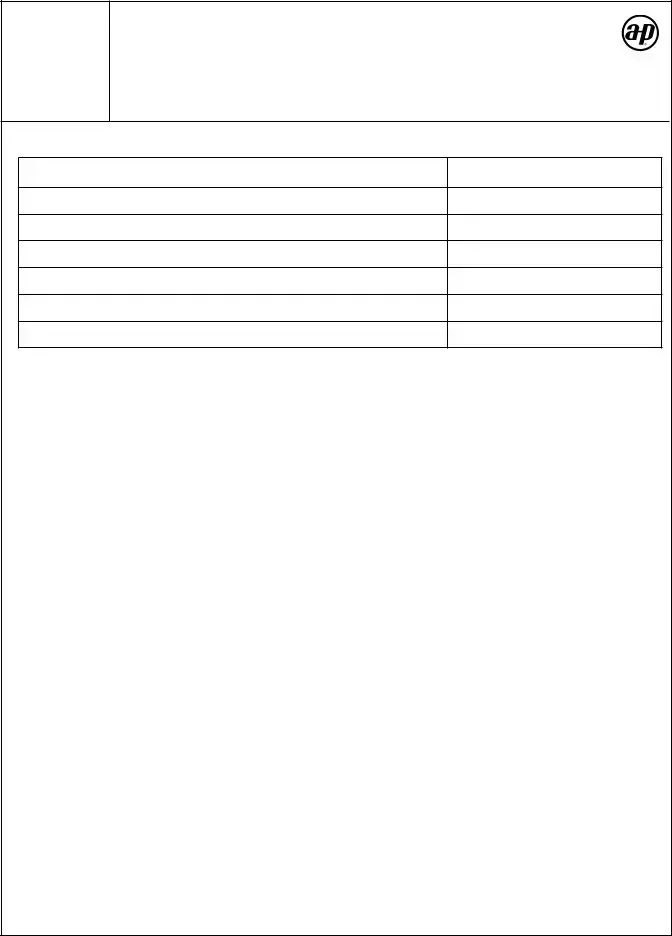What information is included in the Puppy Health Record form?
The Puppy Health Record form contains detailed information about a puppy's health and development stages. This includes the puppy's name, birth details (date, time, weight), breed, sex, and registration details. It also covers developmental milestones such as when their eyes open, starting solid foods, getting weaned, and teeth eruption. Furthermore, the document records vaccinations (type, manufacturer, date given, and administration details), parasite control efforts, and any examinations or procedures performed. A schedule of events from birth to spaying or neutering, with recommended ages for various health-related actions, is also included.
How should vaccinations be scheduled according to the Puppy Health Record?
Vaccinations as noted in the Puppy Health Record should ideally be given at three-week intervals. This staggered approach helps ensure that the puppy receives the necessary immunity boost at critical development stages without overwhelming their system.
When is it recommended to begin heartworm medication?
The optimal time to start heartworm medication can vary based on the product used and the time of year. Generally, beginning this preventative treatment occurs between 6 to 12 weeks of age, but owners should consult with a veterinarian for a schedule that'll suit their puppy's specific needs.
What type of de-worming product is suggested?
The health record suggests using Drontal or Drontal Plus for de-worming puppies. The selection of a de-worming product can depend on the type of heartworm prevention being used, but these are generally recommended for their effectiveness.
Can the Puppy Health Record form be copied for personal use?
Yes, if needed, the Puppy Health Record page can be copied for personal use. This makes it easy for multiple caregivers or veterinarians to maintain consistent health records for a puppy.
What is included in the 'Examinations or Procedures Performed by Owner or Veterinarian' section?
This section is designed for logging any examinations, treatments, or health-related procedures that a puppy undergoes. It includes fields for the date of the procedure, findings and comments from the examination, and initials from the owner or veterinarian responsible.
What does the schedule of events from birth to spay or neuter cover?
The schedule includes critical health and developmental milestones, such as dewclaw removal/tail docking, regular de-worming and toenail trims, introduction to solid food, weaning, and significant "firsts" like car trips and physical examinations by a vet. It also suggests timelines for vaccinations, beginning heartworm medication, and the final step of spaying or neutering the puppy, generally recommended at around 5 to 6 months of age.
Why is it important to record the manufacturer and lot number of vaccines and parasite control products?
Recording the manufacturer and lot number of vaccines and parasite control products is crucial for tracking purposes. Should there be a recall or if an adverse reaction occurs, this information allows the owner and veterinary professionals to quickly identify and verify the products in question. It also facilitates continuity of care, ensuring that each puppy receives consistent and safe health management throughout their development.


